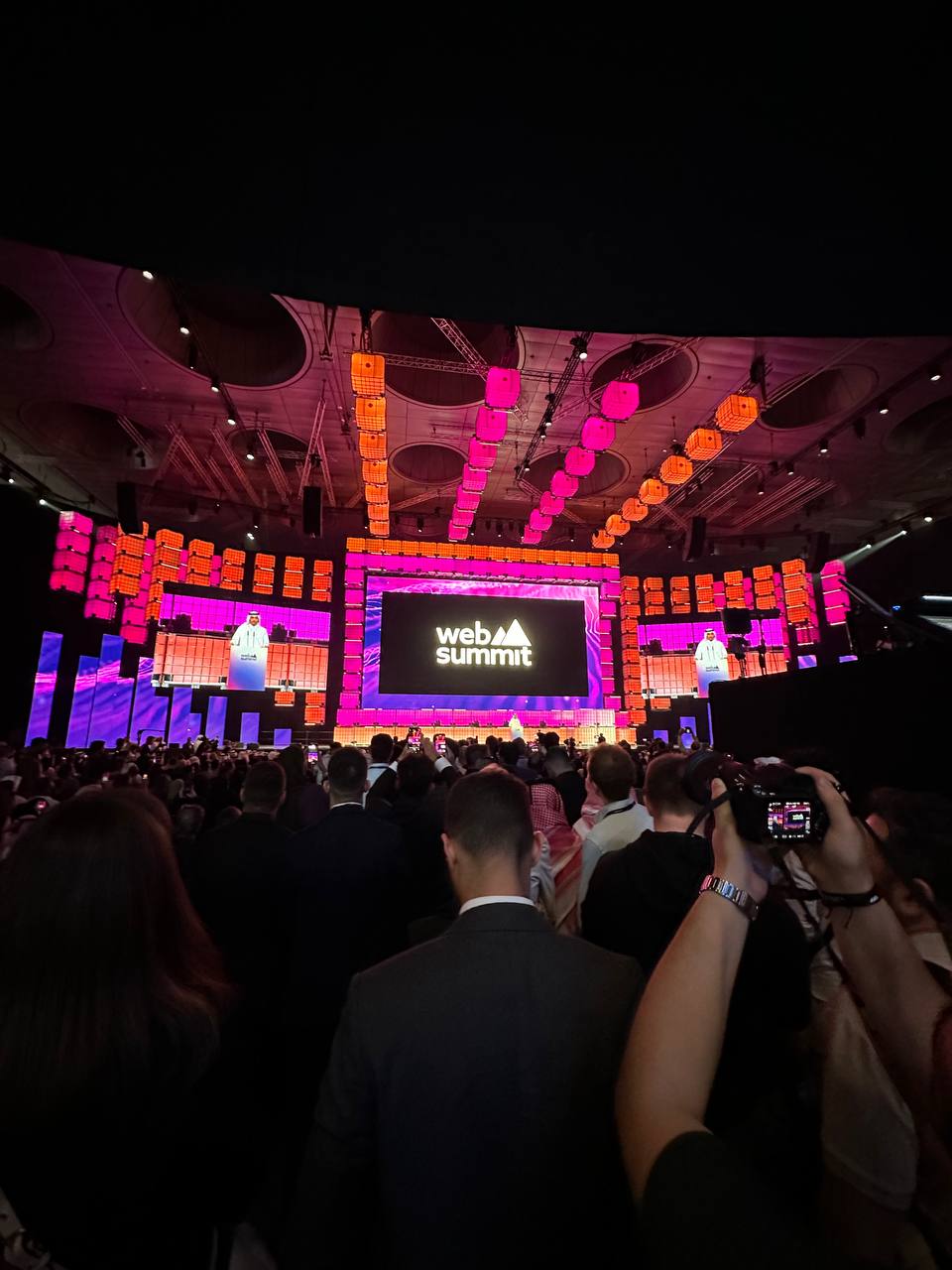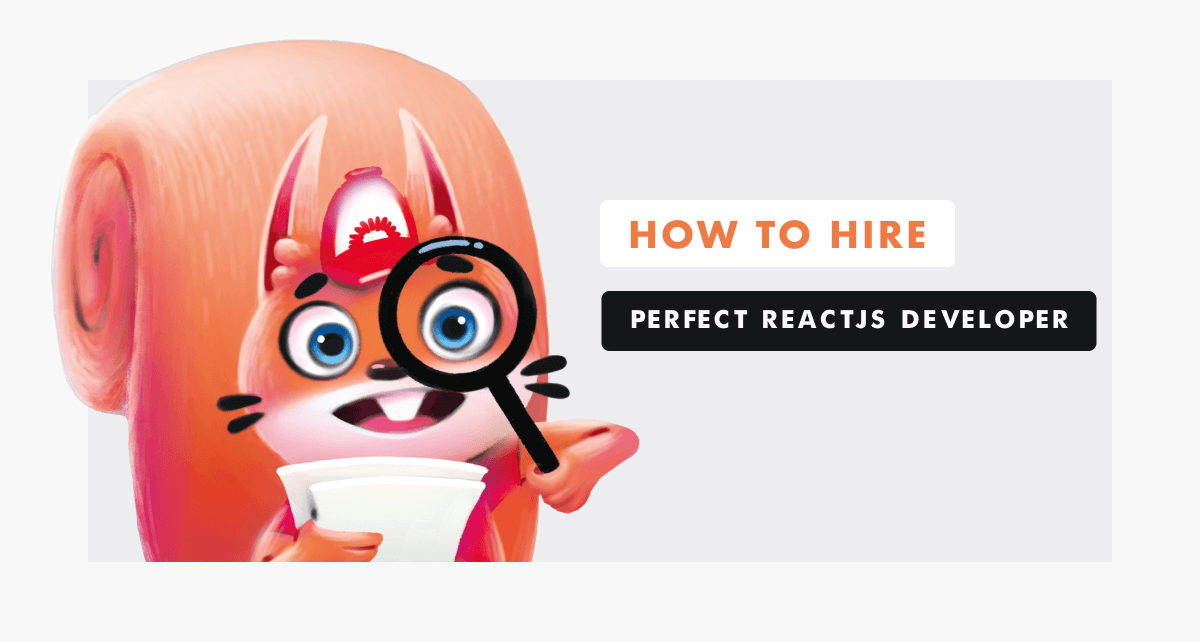Blockchain technology is making its way into diverse industries that were not traditionally linked to it, spanning from FinTech to healthcare and education. Experts predict that the blockchain maket size worldwide is expected to hit 1,235.71 billion U.S. dollars by 2030, reflecting an impressive compound annual growth rate of 82.8%. Explore this extensive guide as your entry point to grasp the essential principles and complexities of blockchain technology, particularly in the context of application development.
Let’s dive right in.
What are Blockchain Apps, or dApps?
Blockchain apps are essentially decentralized applications (dApps) constructed on the foundation of blockchain technology. These apps leverage a distributed ledger for data storage and transaction execution, ensuring security, transparency, and immunity to censorship. Additionally, blockchain applications serve various functions such as digital identity verification and supply chain management, among other uses.
Consider an application similar to Instagram that you have on your smartphone. In the conventional setup, the platform is controlled by a single entity, which has the authority to remove messages if they violate community guidelines or any other policies. However, envision a decentralized messaging dApp, where no single person or entity owns it. In this scenario, any content you post would be beyond the reach of deletion, even by the creators.
Numerous individuals can contribute and access content on these decentralized applications without any singular control or interference. The essential requirements for such dApps are:
- Open source
The dApps must be open-source, making their code freely available to everyone. Any alterations to the app’s structure or functionality should only occur with the majority’s consensus.
- Decentralized
These dApps need to be decentralized, with all data and operations stored on a public and decentralized blockchain. This ensures both security and transparency.
- Incentive
Users of dApps should receive incentives, typically in the form of cryptographic tokens. These tokens, considered liquid assets, encourage users to support the Blockchain dApp ecosystem.
- Protocol
dApps should adhere to a specific protocol that demonstrates proof of value. This involves showcasing the value of a particular process in a manner easily verifiable by others.
Interested in Android app development and don’t know where to start? Read our full guide and get answers to all your questions.
How Does a Blockchain Application Work?
To comprehend the functioning of dApps, it’s crucial to grasp the fundamentals of blockchain technology. A blockchain is a decentralized network that shares and records data in chronological order among its peers.
When any event occurs in a blockchain network, such as a transaction or data exchange, this information is disseminated to all participants in the network. Each participant maintains a record of the data on their own device. These data blocks are organized in a chain, and once added, the data becomes immutable, making it highly secure against tampering or data breaches.
dApps typically operate on a segment of a blockchain, as complete chains require substantial storage space, which may exceed the capacity of mobile devices.
There are two primary types of blockchains based on network accessibility:
- Permissionless (Public blockchain). Accessible to anyone, this type allows all network participants to engage, review transactions, connect with others, and maintain anonymity. Bitcoin is an example of a permissionless blockchain.
- Permissioned blockchain. Limited to authorized parties, this blockchain involves users with defined roles and permissions. It is governed by specific rules for transactions among network members, making it suitable for enterprise control. The Oracle blockchain is an instance of a permissioned blockchain.
Languages Used for Blockchain Application Development
Selecting the technology stack for your blockchain-based app hinges on your requirements and the skills of your team. There’s a range of programming languages suitable for blockchain development, each with its level of popularity and effectiveness: C#, Python, Michelson, Java, Go, C++, Solidity, Rholang, Plutus, and Scilla.
The decision on which programming language to use should ideally be made by an experienced team lead who can align your specific needs with the capabilities of the language. Some languages excel in smart contracts, while others are more adept at handling asynchronous code. Additionally, considering the availability of developers in the market is crucial; opting for a less common language might pose challenges in finding replacements if a team member departs from the project.
If you need reliable blockchain services for your app, don’t hesitate to contact Red Jumpers. Your success is our priority.
Blockchain App Development Cost
The blockchain app development expenses are influenced by several factors, including the application’s industry, project complexity, specific app type, expenses related to third-party tools, personnel costs, the app development process, chosen project management methodology, continuous integration, and ongoing maintenance.
In general, the cost and timeline for developing a blockchain app depend on the complexity of the application:
- Simple app: Estimated cost ranges from $40,000 to $60,000 with a development timeframe of 3 to 6 months.
- Moderately complex app: Anticipated cost falls between $60,000 to $150,000, and the development period is projected to be 6 to 8 months
- Highly complex app: Estimated cost for development ranges from $150,000 to $300,000, and the project timeline extends beyond 9 months.
For a detailed cost estimation, reach out to the Red Jumers team.
How to Implement Blockchain Business Processes?
Eager to harness the transformative potential of blockchain for your business by incorporating it into various facets? See how you can integrate the technology in your business processes:
- For secure transactions. Leverage blockchain technology to enhance the security and transparency of your financial transactions. Implementing blockchain for transactions ensures a decentralized and tamper-resistant ledger, reducing the risk of fraud and improving overall transaction integrity.
- As a decentralized cloud storage solution. Explore the potential of blockchain as a distributed cloud storage system. By utilizing decentralized storage networks, you can enhance data security, reduce dependency on centralized servers, and achieve greater resilience against data breaches.
- For smart contracts. Integrate smart contracts into your business processes to automate and streamline various operations. Blockchain-enabled smart contracts execute predefined actions automatically when specific conditions are met, reducing the need for intermediaries and enhancing efficiency.
- For notary services. Enhance the authenticity and permanence of documents by utilizing blockchain for notary purposes. The decentralized nature of blockchain ensures that document timestamps and authenticity remain secure, providing a reliable alternative to traditional notary services.
- In supply chain management. Transform your supply chain with blockchain technology to achieve greater transparency and traceability. By recording every transaction on an immutable ledger, blockchain enhances the efficiency of supply chain processes, minimizes errors, and improves overall accountability.
- For digital identification. Improve the security of digital identity verification processes using blockchain. The decentralized and cryptographic nature of blockchain enhances the reliability and security of digital identities, reducing the risk of identity theft and fraud.
- For rewards and loyalty programs. Revamp your rewards and loyalty programs by incorporating blockchain. With blockchain, you can create transparent and traceable reward systems, fostering trust among customers and providing a seamless and secure way to manage loyalty points.
Conclusions
In the upcoming years, we can expect the integration of blockchain technology into a multitude of mobile applications, spanning across industries such as retail, finance, and supply chain. This incorporation aims to deliver exceptionally secure mobile solutions for various sectors.
Moreover, some experts predict that a blockchain-driven app marketplace could potentially supersede traditional platforms like Google’s Play Store and Apple’s App Store, emerging as the primary method for discovering, downloading, and acquiring mobile applications.
We hope that in our guide, you found answers to all your questions. However, if you still have concerns about it and need expert help, Red Jumpers is your go-to choice.




